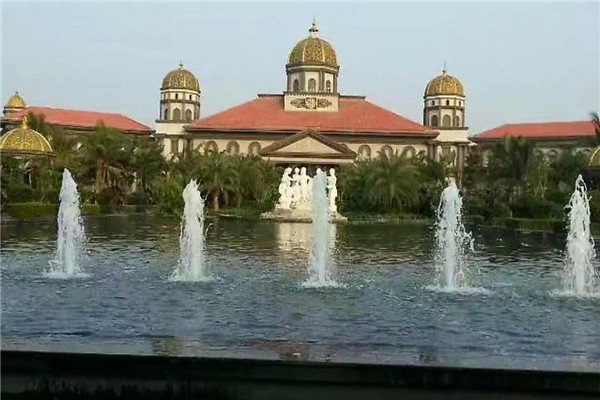
Shallow relief has a low rise, a large compression of shape, a strong sense of plane, and is closer to the form of painting to a greater extent. It does not rely mainly on physical space to create space effects, but uses more painting techniques or perspective, illusion and other processing methods to create more abstract compression space, which is conducive to strengthening the dependency of relief suitable for the carrier. The ancient Assyrians of Mesopotamia were probably the artists who were best at performing art by this means. In a series of "Assyrian Hunting Pictures", they used the technique of bas relief very well to express the lively artistic image with a sense of rhythm and rhythm, and to show the inner feelings of the characters and animals with complex dynamics. The selection of the compression degree of relief space usually takes into account the function, theme, environmental location, light and other factors of the performance object, of which the environment and light factors play a decisive role. Excellent sculptors can always handle these relationships well, so that the works can achieve good visual effects.
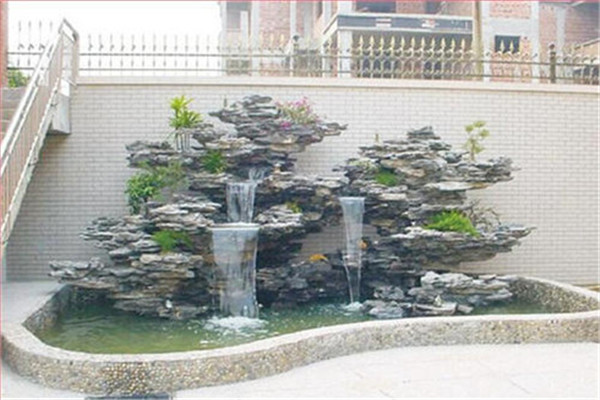
The handicrafts made by forging copper are lifelike in shape, easy to sculpt, and the lines of the handicrafts are very smooth. Even if you look carefully, you will not find any shortcomings. Of course, you need to ensure the craftsmanship of the sculptors. Only the craftsmanship can ensure the shape image of the forged copper sculpture handicrafts. In the process of production, brass or copper plate is usually used as the base, and then forging is carried out, and multiple forged copper plates are used to show the overall image of the handicraft. For many sculpture artists, corresponding copper plates are selected for forging. The forging copper processing technique is unique. Attention should be paid to heating the copper plate, then forging, after a certain forging, polishing and polishing to make the surface smooth, so as to become the desired forging copper sculpture handicrafts, which are all hand-made, very public welfare, natural and vivid in appearance. Attention should be paid to the handicrafts produced, Certain maintenance is required to ensure its appearance is not affected.
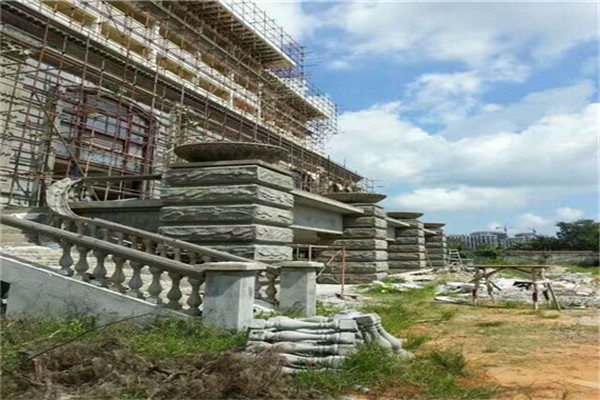
Copper casting is an important part of Chinese traditional culture and art. Copper casting has a long history and mature technology. The process of casting copper is more complicated than that of forging copper, and the artistic creation has a good recovery. Therefore, it is suitable for becoming the material of fine works and is very popular with artists, especially figure sculpture. But it is easy to oxidize, so pay more attention to maintenance. Each cast copper artwork is made through 11 complex and rigorous processes, which include traces of traditional handicrafts, lines and modern technology of precision casting. Cast copper is put into the sintering furnace and sintered at 1000 ℃ - 1150 ℃ according to different metal materials. The copper liquid is immediately cast into the ceramic shell. After cooling, the outer ceramic shell is broken, and the copper product rough embryo is peeled out.
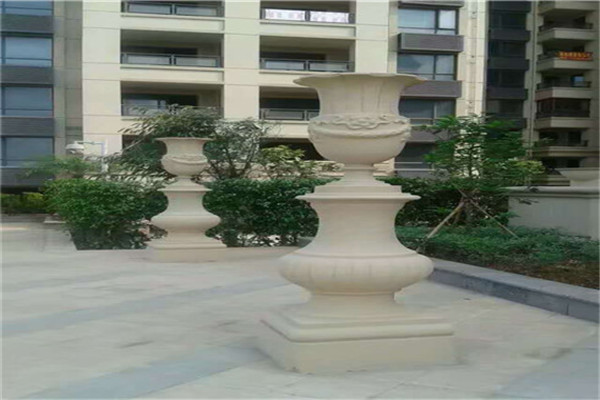
According to the materials, rockeries can be divided into earth mountains, stone mountains and earth rock mountains (earth mountains and stone mountains and stone mountains and earth rock mountains); according to the construction method, rockeries can be divided into mountain building (block building earth mountains), mounding mountains (mountains are formed by mounding rocks), mountain chiseling (mountains are formed by digging natural rocks) and plastic mountains (traditionally molded by lime slurry, modern rockeries are molded by cement, brick, steel wire mesh, etc., referred to as plastic stone rockeries in the industry. The rockery can be divided into garden hill, hall hill, lou hill, pavilion hill, shufang hill, pool hill, indoor hill, wall hill and beast hill according to its location and use in the garden. The combination form of rockery is divided into mountain body and water body. Hainan Sculpture Mountains include peaks, ridges, peaks, ridges, valleys, gullies, hillocks, walls, rocks, hills, caves, docks, foothills, platforms, walkways, and plank roads; water bodies include springs, waterfalls, ponds, streams, streams, pools, rocks, and stilts. The landscape should be integrated to complement each other.
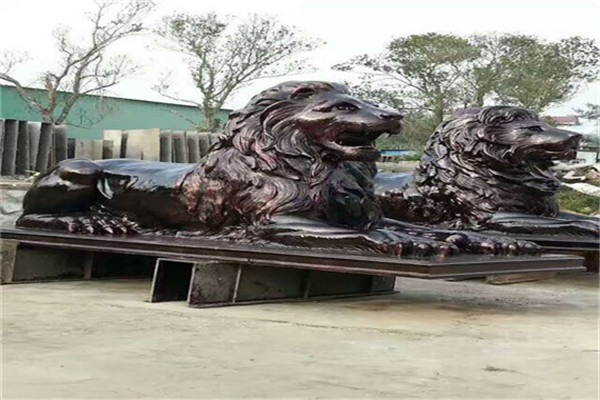
Button carving refers to the carving of the buttons on the upper part of the seal. It belongs to the category of round carving and has a rich three-dimensional sense. However, compared with round carving, it has three significant characteristics. First, the image is small, limited to the size of the seal, which is generally less than 10 cubic centimeters; The second is to show only the upper part of the object, rather than the round sculpture, which needs all-round performance; In addition, the performance content of button carving is mostly animals, especially animals in ancient legends, such as chi, lion, dragon, tiger, exorcism, taotie, etc. Therefore, button carving is also called "animal button". Danzhou Colored sculpture The history of button carving is linked with seals. Only seals can make buttons. According to relevant historical research, the earliest seal started in the Zhou Dynasty, more than 3000 years ago. The original seal is a symbol of power and status, and is a special item for princes, generals and ministers, and Dada dignitaries. The original seal button was also very simple and simple, just drilling a small hole on the top of the seal to wear strong ties for carrying, so the seal button is also called "seal nose". With the continuous development of history, a strict hierarchy has emerged in the materials and buttons of seals according to the different positions and official titles of users. For example, the official seal of the Qin Dynasty used gold, silver, copper and other materials to distinguish the level of officials, but also printed buttons Colored sculpture manufactor Make a difference in decoration. In the Han Dynasty, the emperor used tiger buttons with jade seals, the crown prince, the lieutenants, the prime minister, the lieutenant, the sangong and the left and right generals used gold seal tortoise buttons, and the officials of Dai Lu with two thousand stones used bronze seal elephant buttons Since then, the buttons used by all dynasties, from the monarch down to the officials of various products, were mostly chi, lion, dragon, phoenix, tiger, exorcism, taotie, unicorn, camel, bird, claw, bear, bat and other animals in the zodiac, depending on their positions.





